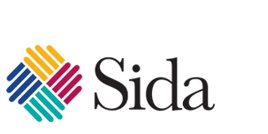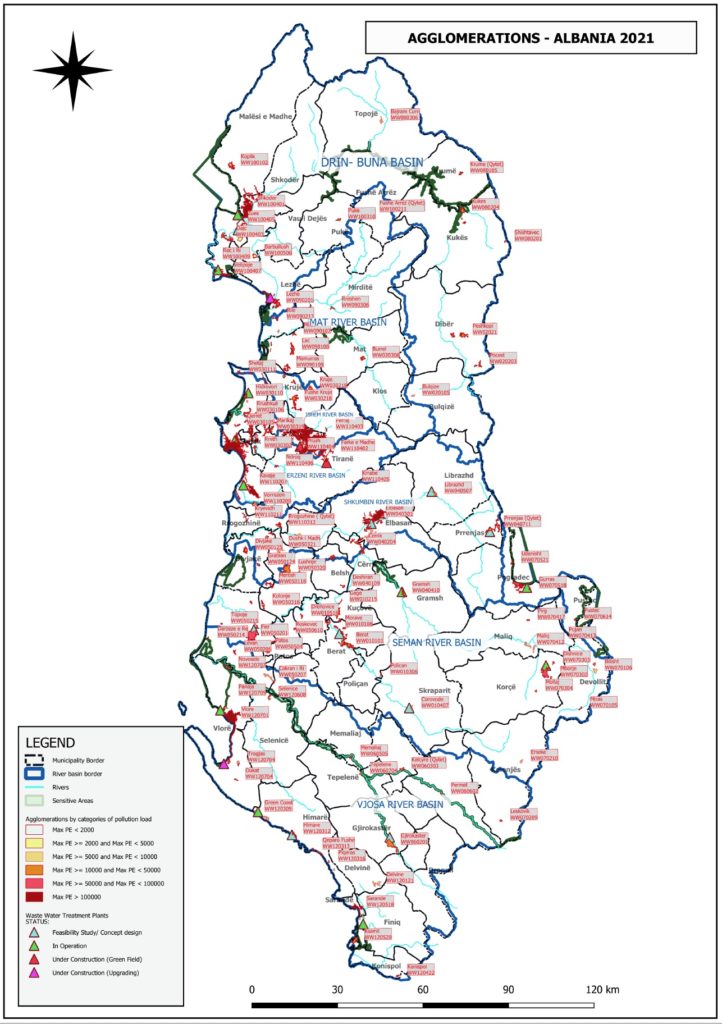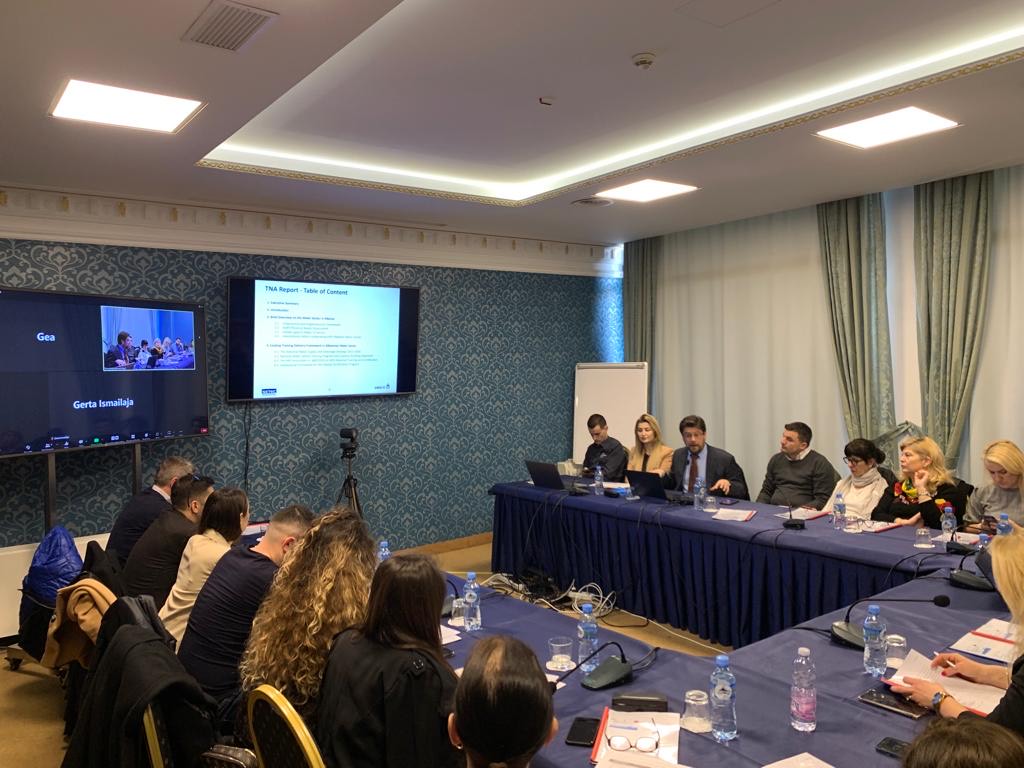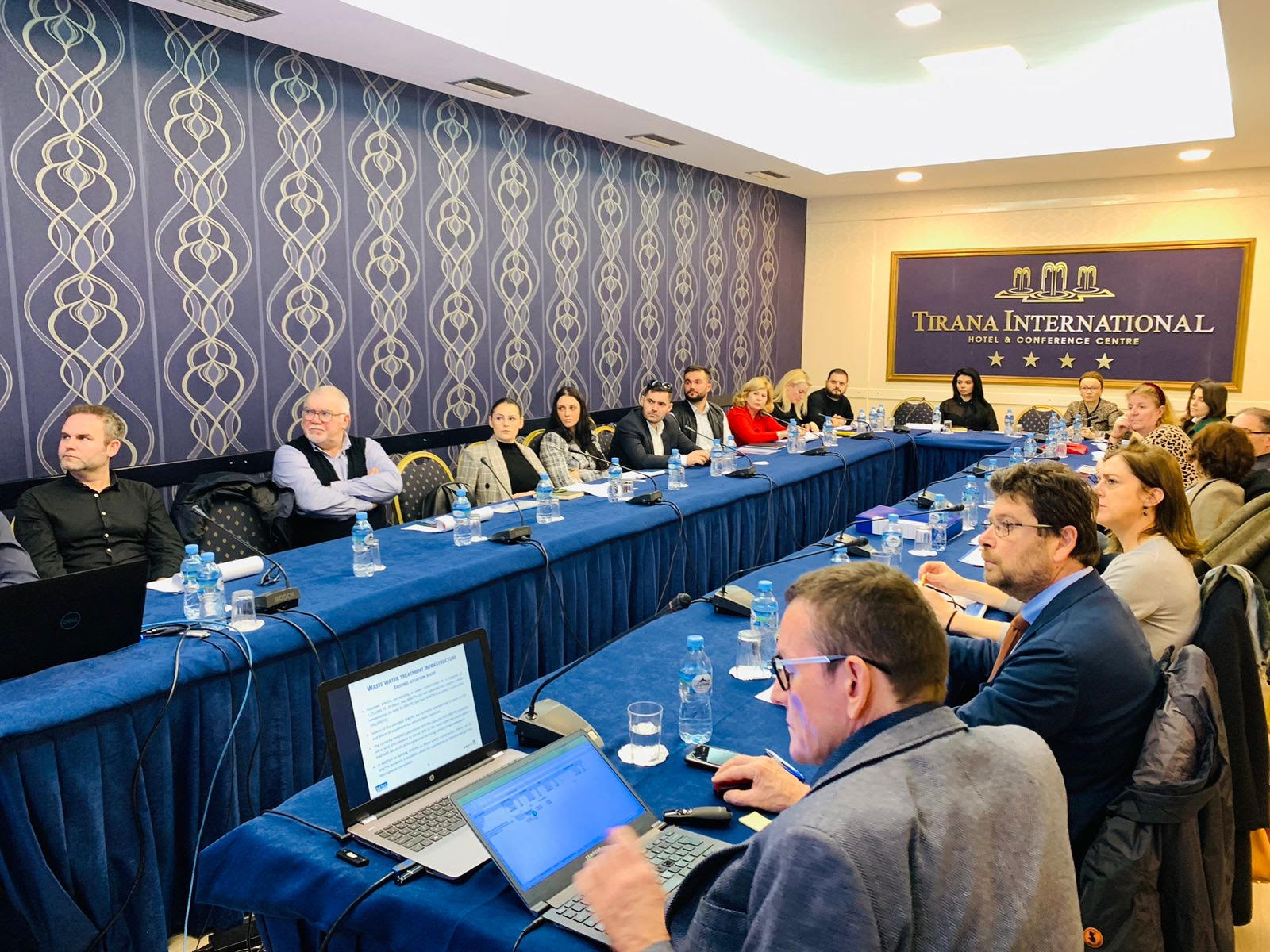The project experts Friedrich Holzman, Nemanja Branislavljević and Enkelejda Gjinali finalised the report in December (“Report on Identified Agglomerations for Wastewater and Water Supply Zones and Sensitive Areas”). It was delivered by the project to AKUM by 21st December 2021 and approved mid of March 2022. The report consists of two volumes:
- Agglomerations and water supply zones (Volume 1)
- Sensitive areas (Volume 2)
With this report the foundation for the entire project is now complete: a full inventory of waste water agglomerations and water supply zones for the whole territory of Albania was made.
The Key topics of the report
The term ‘waste water agglomerations’ (WWA) used in this report means, in line with EU legislation, the following: an area of settlements which produce such an amount of waste water, which in prinicple could be collected, treated and discharged to a surface water body at a single location, and will have in future enough households to pay for the services in order to make it a financially viable proposition.
As for ‘sensitive areas’: This has a very specific meaning in EU law. These are lakes, lagoons and river systems where high levels of nutrients would cause a process known as eutrophication, i.e. the abundant growth of algea and plants which result in very low oxygen level in the water and finally transform a lake into a swamp. If you have a waste water treatment plant over a certain size in such an area, you need to reduce the levels of nutrients in the effluent before it enters the natural environment.
‘Water supply zones’ (WSZ) are areas that may be considered as having the potential to support networked water supply.
The findings of the report
WasteWater Agglomerations: In total 165 wastewater agglomerations (WWA) have been identified serving 2/3 of the whole population. 111 WWA’s (67%) are generating wastewater and 24 of WWA’s (15 % of total) are discharging to sensitive areas.
The population connected to existing wastewater collection systems in 2020 is at a 70 % sewer connection rate. This rate is projected to increase to 82 % in 2050
Considerations on sensitive areas: 24 WWAs (15% of the total) are discharging waste water to sensitive areas. This represents about 54 % of the total generated load in the country.
According to water quality sampling of rivers, lakes, and lagoons undertaken by the National Environment Agency (NEA) there is an increasing tendency noticed for the discharge of pollutants from municipal and industrial wastewater, also from agricultural runoff.
The highest impact of pollution is noticed in areas of Drini-Lezhë, the Drini section in Shkoder, in Topojan (Kukës), the Ishëm, and Erzen, and also the Semani (Gjanica tributary). The impact of pollution is also high in Lake Prespa, Lake Ohrid (despite an operational WWTP), and Lake Shkoder, but that impact is often seasonal.
Water Supply Zones: In total 1,185 WSZs have been identified. About 92 % of the population (2.83 million) in Albania are currently living in these WSZs. The water supply service connection rate in 2020 is 83 %. This rate is projected to increase to 97 % in 2050


















